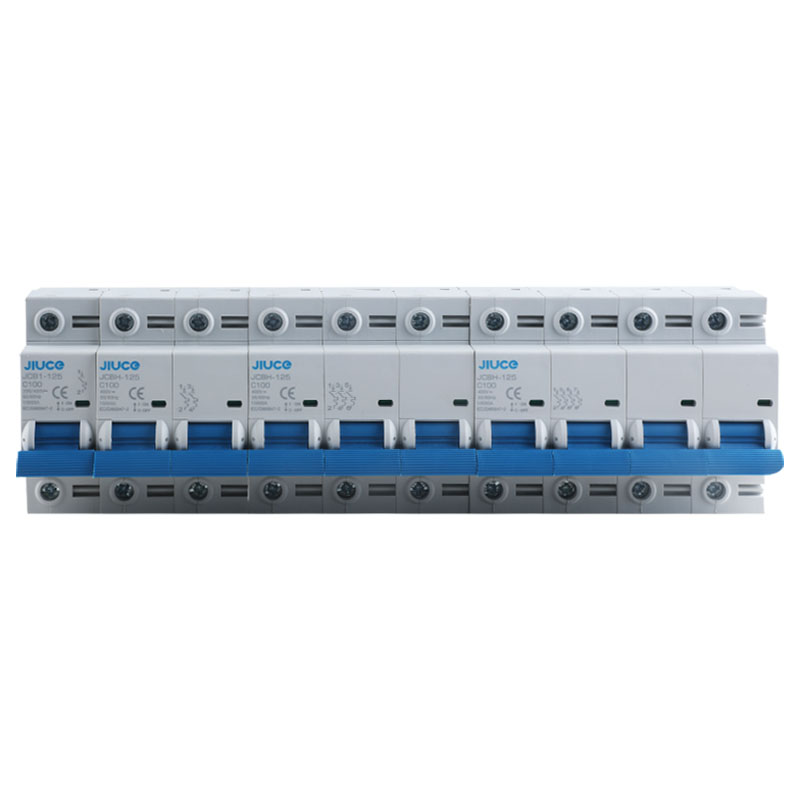A circuit breaker is a crucial component of electrical systems that helps to protect electrical circuits from damage caused by excessive current. It acts as a safety device and performs the essential function of automatically interrupting the flow of current when it exceeds safe levels.
Table of Contents
How Does a Circuit Breaker Work?
A circuit breaker consists of a switch-like mechanism that can be manually or automatically operated. It is designed to open and close the circuit under normal operating conditions, but, more importantly, to trip and break the circuit when current exceeds the specified limit.
When current flowing through a circuit breaker exceeds its rated capacity, the mechanism within it detects this overload and triggers the opening of the circuit. This interruption prevents damage to the electrical system, appliances, and wiring caused by excessive heat and current flow.

Credit: www.linkedin.com

Credit: m.facebook.com
The Importance of Circuit Breakers
Circuit breakers play a crucial role in preventing electrical fires and other hazards. By breaking the circuit and stopping the flow of current, they prevent overheating and potential damage to the system. This protection is particularly important in residential, commercial, and industrial settings where electrical systems are constantly in use and may be subjected to varying loads and conditions.
If a circuit is overloaded, without a circuit breaker in place, the excess current can cause wires to heat up and potentially melt insulation. As a result, the risk of electrical fires increases significantly. Circuit breakers are designed to quickly and effectively interrupt the circuit, minimizing the risk of such incidents.
Types of Circuit Breakers
There are various types of circuit breakers available, each designed to accommodate different voltage levels and current capacities. These include:
- Miniature Circuit Breakers (MCBs): Commonly used in residential and commercial applications, MCBs offer protection for low-voltage circuits.
- Molded Case Circuit Breakers (MCCBs): Suitable for higher voltage applications, MCCBs provide protection for larger electrical systems and industrial machinery.
- Residual Current Circuit Breakers (RCCBs): Primarily used for personal protection, RCCBs are designed to detect and interrupt current imbalances caused by faults or leakage to the ground.
- Arc Fault Circuit Interrupters (AFCIs): These specialized circuit breakers are designed to detect dangerous electrical arcs and prevent fires.
Benefits of Using Circuit Breakers
In addition to their primary role of protecting electrical systems, circuit breakers offer several benefits:
- Enhanced Safety: Circuit breakers significantly reduce the risk of electrical fires, electrical shocks, and damage to appliances and equipment.
- Convenience: With circuit breakers, the process of restoring power is hassle-free. When a circuit trips, it can be easily reset by flipping the switch back into the “on” position.
- Cost-Effective: Circuit breakers are a cost-effective solution compared to fuses. Unlike fuses, which need to be replaced every time they blow, circuit breakers can simply be reset.
- Protection Against Overloads: Circuit breakers automatically interrupt the circuit when the current exceeds safe levels, preventing damage to appliances and wiring.
- Flexibility: Circuit breakers provide flexibility in terms of adjusting current ratings. They can be easily replaced or upgraded to accommodate changing electrical requirements.
Maintaining and Testing Circuit Breakers
Regular maintenance and testing of circuit breakers are essential to ensure their proper functioning. Some recommended maintenance practices include:
- Inspecting for any signs of damage, such as cracks or loose connections.
- Cleaning the circuit breaker to remove debris or dust that can interfere with its operation.
- Testing the circuit breaker’s functionality by performing routine tripping and resetting procedures.
- Updating and documenting the circuit breaker’s condition and testing results.
Conclusion
Circuit breakers are a vital component of electrical systems that protect against overcurrent and help prevent electrical fires. They provide enhanced safety, convenience, and cost-effectiveness while allowing flexibility in adjusting to changing electrical demands. Regular maintenance and testing are crucial to ensure their reliable performance. By understanding the importance of circuit breakers and their proper use, we can ensure the safety and longevity of our electrical systems.
